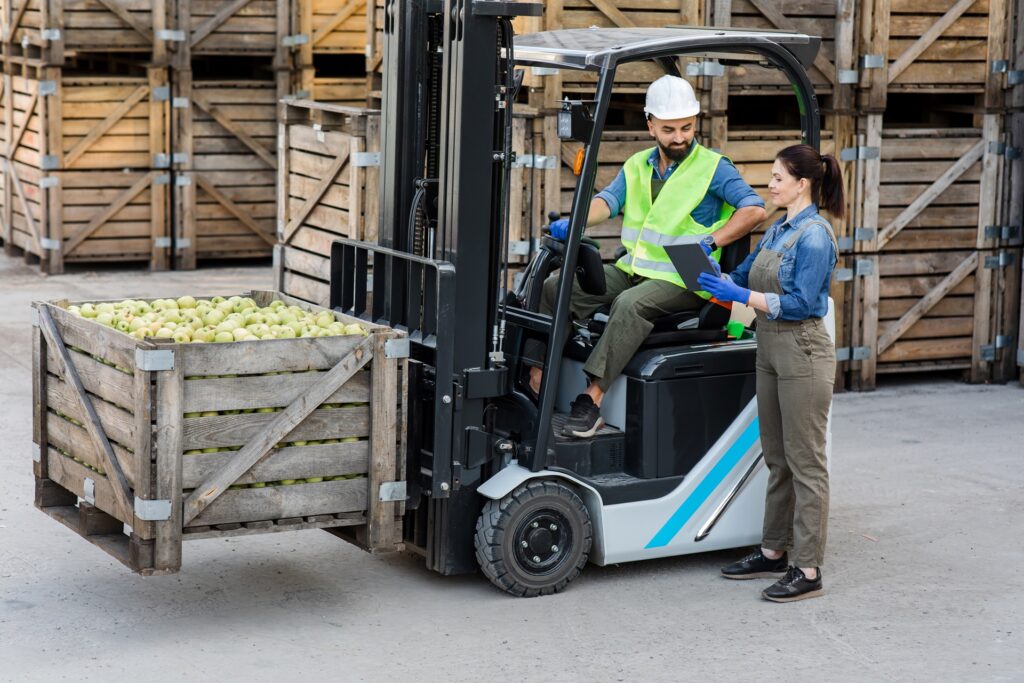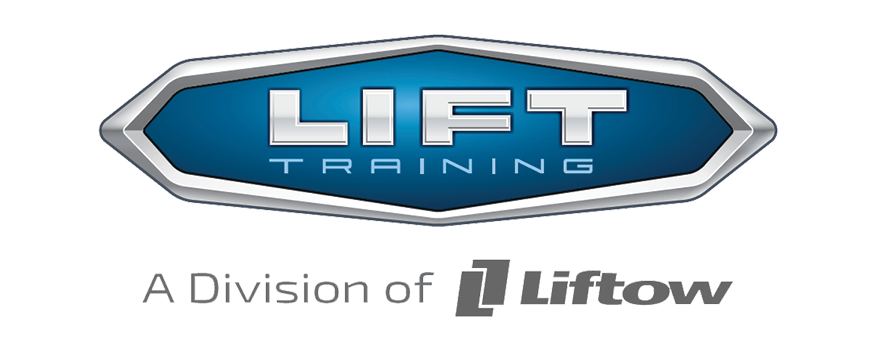
Forklifts are essential tools in many industries, including warehousing, manufacturing, and construction. However, operating a forklift requires stringent safety measures to prevent accidents and injuries. Understanding the regulations and best practices associated with forklift safety is crucial for any business that utilises these powerful machines.
In Canada, there are specific standards and guidelines designed to promote safe forklift operation. Compliance with these regulations is mandatory to ensure the safety of operators and other employees. Adhering to these rules can also prevent costly fines and ensure smooth day-to-day operations.
When it comes to forklift safety, knowing the common hazards and how to avoid them is equally important. This knowledge helps in creating a safer work environment and avoiding potential pitfalls. With proper training and ongoing education, operators can master the skills required for safe and efficient forklift use.
Understanding Forklift Safety Regulations and Standards
In Canada, ensuring forklift safety is governed by strict regulations and standards. These rules are designed to protect both operators and other employees in the workplace. The Canadian Centre for Occupational Health and Safety (CCOHS) sets out the general guidelines for forklift operation, while provincial regulations may outline additional requirements. These regulations cover various aspects, such as equipment maintenance, operator training, and specific operational procedures.
One of the key regulations involves ensuring that all forklifts are regularly inspected and maintained to prevent mechanical failures that could result in accidents. It’s mandatory for companies to perform daily pre-operation checks and maintain detailed records of all inspections and repairs. Additionally, Occupational Health and Safety (OHS) regulations require that forklifts must have seat belts and other safety devices, and that operators must use these safety features correctly.
Complying with these regulations is crucial. Adherence not only ensures the safety of workers but also helps avoid hefty fines and potential shutdowns by regulatory bodies. Organisations that prioritise safety create a culture of responsibility and awareness, which can lead to fewer accidents and a more productive work environment. When everyone understands and follows the rules, the workplace becomes safer, and operations run more smoothly.
Key Practices for Safe Forklift Operation
Operating a forklift safely requires understanding and implementing best practices. Here are some crucial practices that every forklift operator should follow:
1. Perform Pre-Operation Checks: Before using a forklift, conduct a thorough inspection. Check for any visible damage, ensure that all parts are functioning correctly, and verify that safety devices like seat belts are in place. Inspect the tires, lights, and fluid levels to ensure the equipment is ready for safe use.
2. Maintain a Clear Line of Sight: Always make sure you have a clear view of your path. If your load blocks your view, drive in reverse or use a spotter to guide you. This helps prevent collisions with obstacles or people.
3. Follow Speed Limits: Adhere to the speed limits set within the warehouse or job site. Driving too fast increases the risk of tipping over or losing control of the forklift.
4. Keep Loads Stable: Ensure that loads are stable and properly balanced before lifting or moving. Use suitable pallets and avoid overloading the forklift.
5. Use Horns and Signals: Use the horn at intersections, doorways, and any blind spots to alert others of your presence. Signal your intentions to turn or reverse to keep everyone around you informed and safe.
6. Wear Appropriate Safety Gear: Always wear the required safety gear, such as hard hats, safety shoes, and high-visibility vests. This helps protect you in case of an accident.
Pre-operation checks and maintenance are critical to maintaining forklift safety. Regularly scheduled maintenance keeps the forklift in good working condition, reducing the likelihood of mechanical failures that could lead to accidents.
Simple checks, like ensuring the brakes and steering are functioning properly and that all lights are operational, can make a significant difference in overall safety. By following these best practices, operators can contribute to a safer and more efficient workplace.
Common Hazards and How to Avoid Them
Forklift operations come with their own set of risks. Understanding these common hazards is essential for preventing accidents. One prevalent danger is tipping over, which can occur if the forklift is overloaded or driven too fast. To avoid this, always adhere to the load capacity limits and follow speed regulations. Ensure loads are balanced and secure before moving. Tilt the mast back to stabilise the load and keep the forks low to the ground while travelling.
Another frequent hazard is collisions. Forklifts often operate in areas with pedestrian traffic, creating the potential for accidents. Implementing a system of designated walkways and ensuring clear visibility can mitigate this risk.
Use mirrors at blind spots, sound the horn at intersections, and maintain a safe distance from other vehicles and pedestrians. In environments where visibility is reduced, such as in poor lighting conditions, ensure adequate lighting and use high-visibility clothing.
Poor maintenance can also lead to accidents. Forklifts that aren’t regularly serviced can develop mechanical issues that compromise safety. Establish a routine maintenance schedule and conduct pre-operation checks to identify and fix potential problems. Pay attention to tire conditions, hydraulic systems, and brake functions. Address any discrepancies immediately to maintain safe operating conditions.
The Role of Training and Certification in Forklift Safety
Thorough training and certification are fundamental for safe forklift operation. Operators must understand the equipment they handle and be well-versed in safe operating procedures. Training programs cover a wide range of topics, including load handling, equipment inspection, and emergency procedures. These programs aim to prepare operators for various scenarios they may encounter in the workplace.
Certification is not just a formality—it ensures that operators have met the required standards for safe forklift operation. In Canada, forklift operators must complete an accredited training program and pass a certification exam. This process verifies their competence and ensures they are up-to-date with the latest safety practices.
Ongoing education and refresher courses are equally important. Even experienced operators can benefit from regular training updates. New regulations, technological advancements, and changing workplace environments necessitate continuous learning. Refresher courses help operators stay current with best practices and reinforce the importance of safety.
Complete Safety Protocols for Forklift Operators
Mastering forklift safety is crucial for any organisation that uses these machines. By understanding and adhering to the necessary regulations, implementing best practices, recognising and avoiding common hazards, and ensuring comprehensive training and certification, we can create a safer work environment. A comprehensive approach to forklift safety helps to reduce accidents, improve efficiency, and promote a culture of safety within the workplace.
Investing in the safety and training of our forklift operators benefits everyone involved. Start prioritising forklift safety today by exploring LIFT Training’s tailored training and certification programs. Create a safer, more productive work environment for your team with LIFT Training’s expert guidance and support.
